Mechanical transmissions and other things that could become trendy in 2025
Advances in the technologies used in road cycling are usually very subtle from year to year, and only when several years have passed and we look back do we become aware of how bikes have changed. Looking ahead to 2025, there are several trends that we could see if we pay attention to what manufacturers have been presenting in the final part of the year.

This is how road bikes will be in 2025
The road bike market seems to follow cycles, and after several years with very expensive bikes and the search for increasingly aerodynamic models, the trend seems to be changing. Brands are no longer regressing, but they do seem to be returning to more reasonable prices, as suggested by the models for 2025 that some brands have been presenting in the final part of the year.
A price reduction that is more noticeable in the entry-level range, where the mechanical Shimano 105 is becoming strong as the only non-electronic option. Who knows, maybe manufacturers will demand some more mechanical group options to have more competitively priced models.
RECOMENDADO

Some reasons to stay away from the road in winter
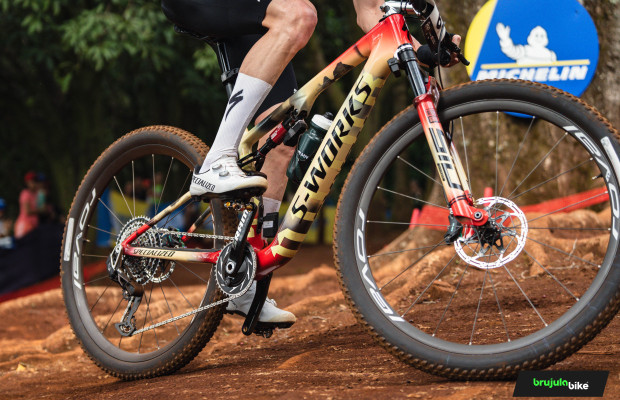
S-Works: what does it really mean and where does Specialized's most exclusive label come from?

The best apps for cycling and mountain biking
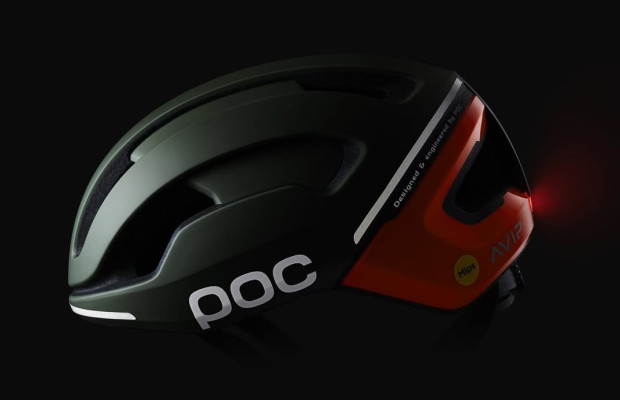
Black Friday 2025 cycling bargains: save on Garmin, POC, Maxxis and more

Black Friday Garmin 2025: the ultimate guide to choosing your GPS at the best price

Do you need suspension on your gravel bike?
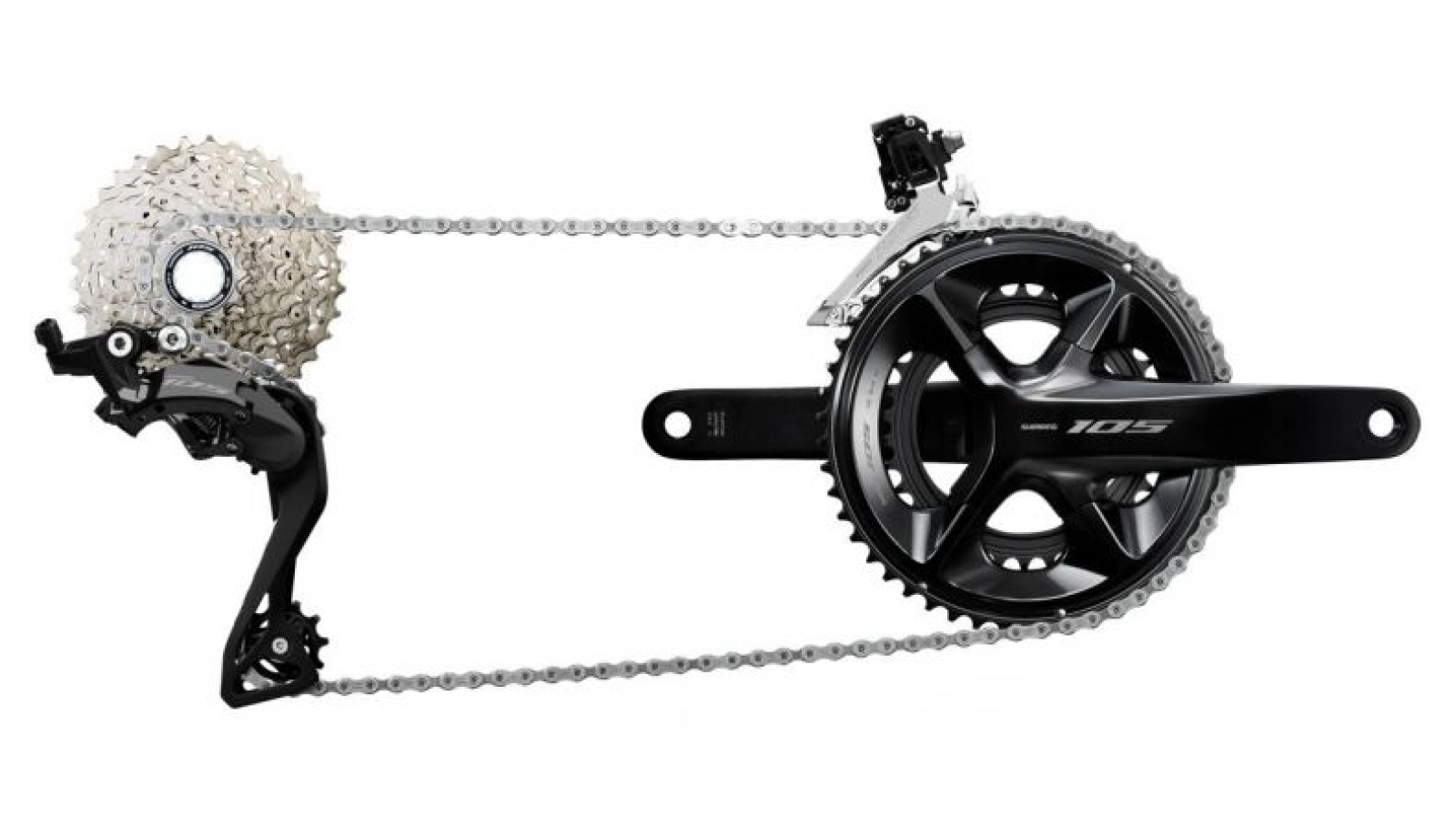
Remember that both SRAM and Shimano have electrified their entire range except for the mentioned Shimano 105 in terms of 12-speed groups. We are not counting Shimano's entry-level groups, which are much more basic and aimed at recreational use. For the Japanese, this would be a good way to regain some of the market share that SRAM has been eating away at in recent years.
Against the normalization of this, there is the increasing integration of frames, which means that many manufacturers are building their bikes only compatible with electronic shifting to avoid having to pass more cables through the frame than necessary for brake hoses.
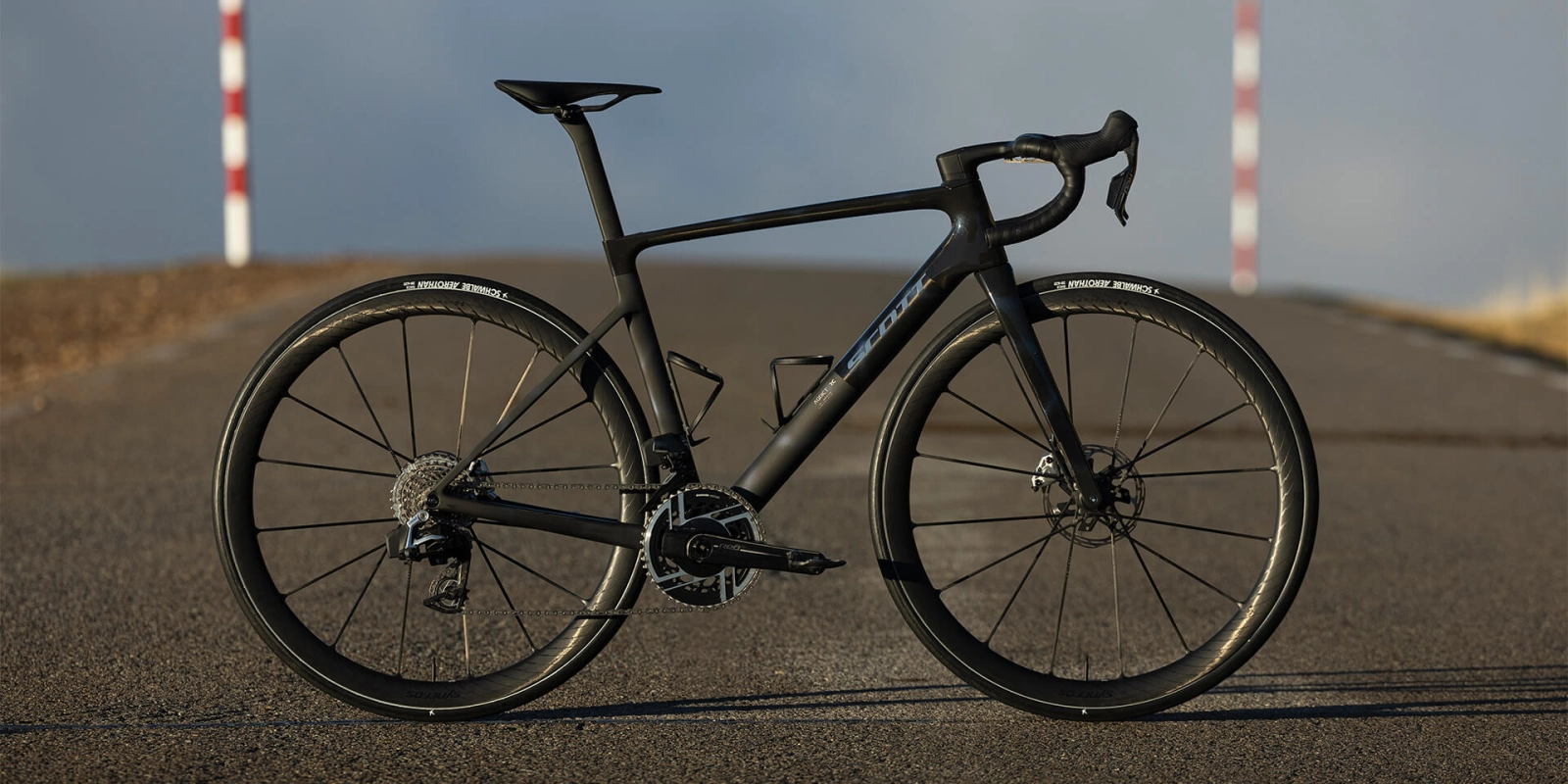
Speaking of bike brands and prices, it is likely that we will see bike prices drop even further with more Chinese brands trying to break into the global market. Special mention to the X-Lab from the Chinese manufacturer XDS Carbon Tech, which aims to become a reference brand with the sponsorship of the Astana team. Will it be the trendy bike of 2025, just as the Van Rysel from Decathlon-AG2R La Mondiale was this year?
We also see a paradigm shift in bikes themselves. After years of seeking increasingly aerodynamic models, achieving lighter bikes has once again become a priority for brands. Slowly but surely, we are seeing bike weights approaching the pre-disc era, which is always appreciated, especially because it does not mean that brands are neglecting aerodynamics thanks to increasingly elaborate designs that allow for better combination of both parameters.
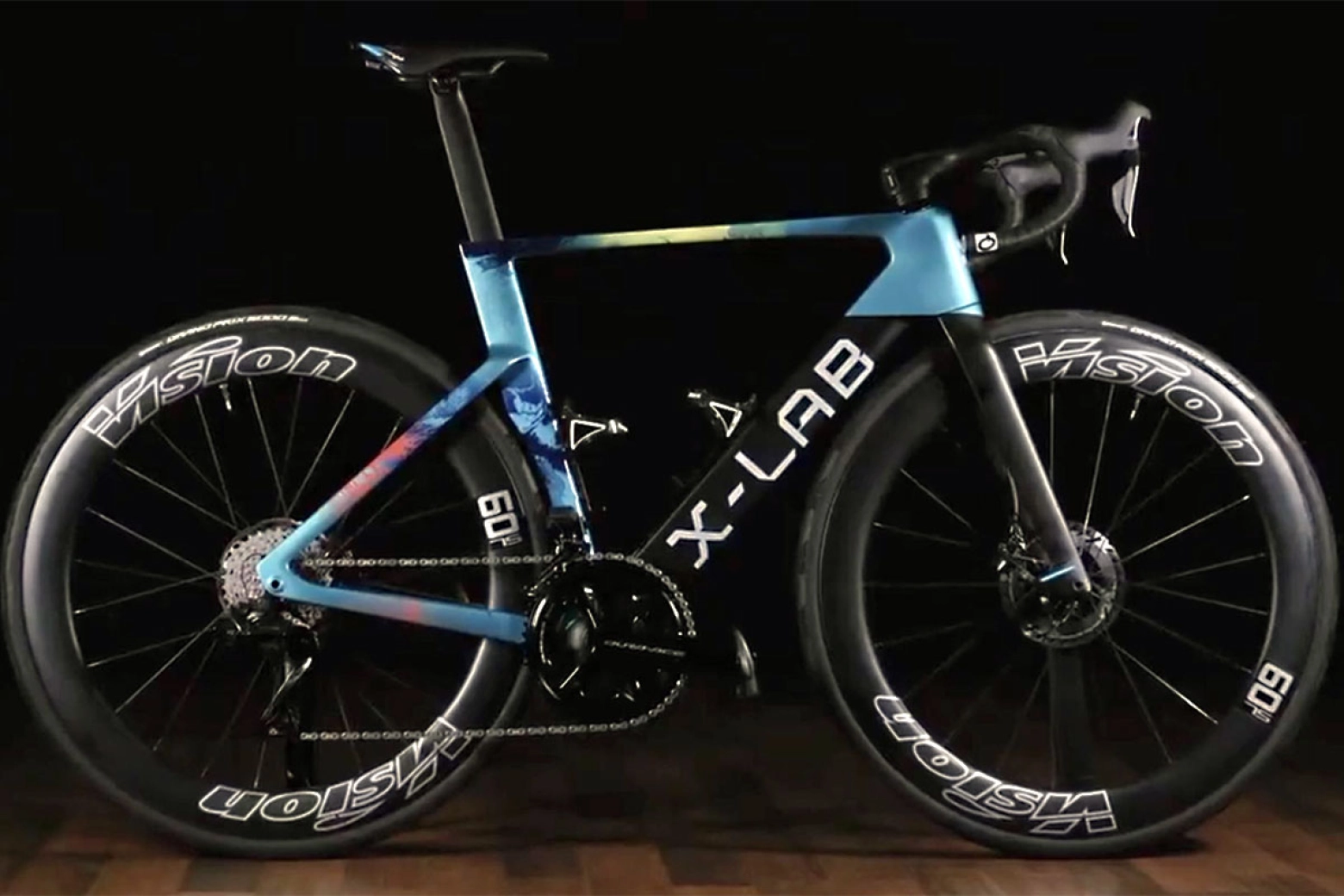
Technology and electronics also seem to be making their way into the cycling world. We see this in the emergence of cycle computers like the Wahoo Elmnt Ace, which has incorporated a wind sensor, or the patents that SRAM has published in the latter part of the year indicating that they could be working on sensors for wheels or new designs for interactive rollers. In addition, there are innovations in the field of training that could become normalized, such as glucose or lactate sensors displaying real-time readings on our cycle computer, even though the UCI does not allow the use of this data in competition.
When it comes to components, one thing seems clear. The standard tire size is going to continue to increase. Not long ago, 25mm tires were the norm, but last year 28mm became common, and it is becoming less strange for competition bikes to come equipped with 700x30c models as standard and allow for wheel clearances of up to 33mm due to the use of increasingly wider rims.
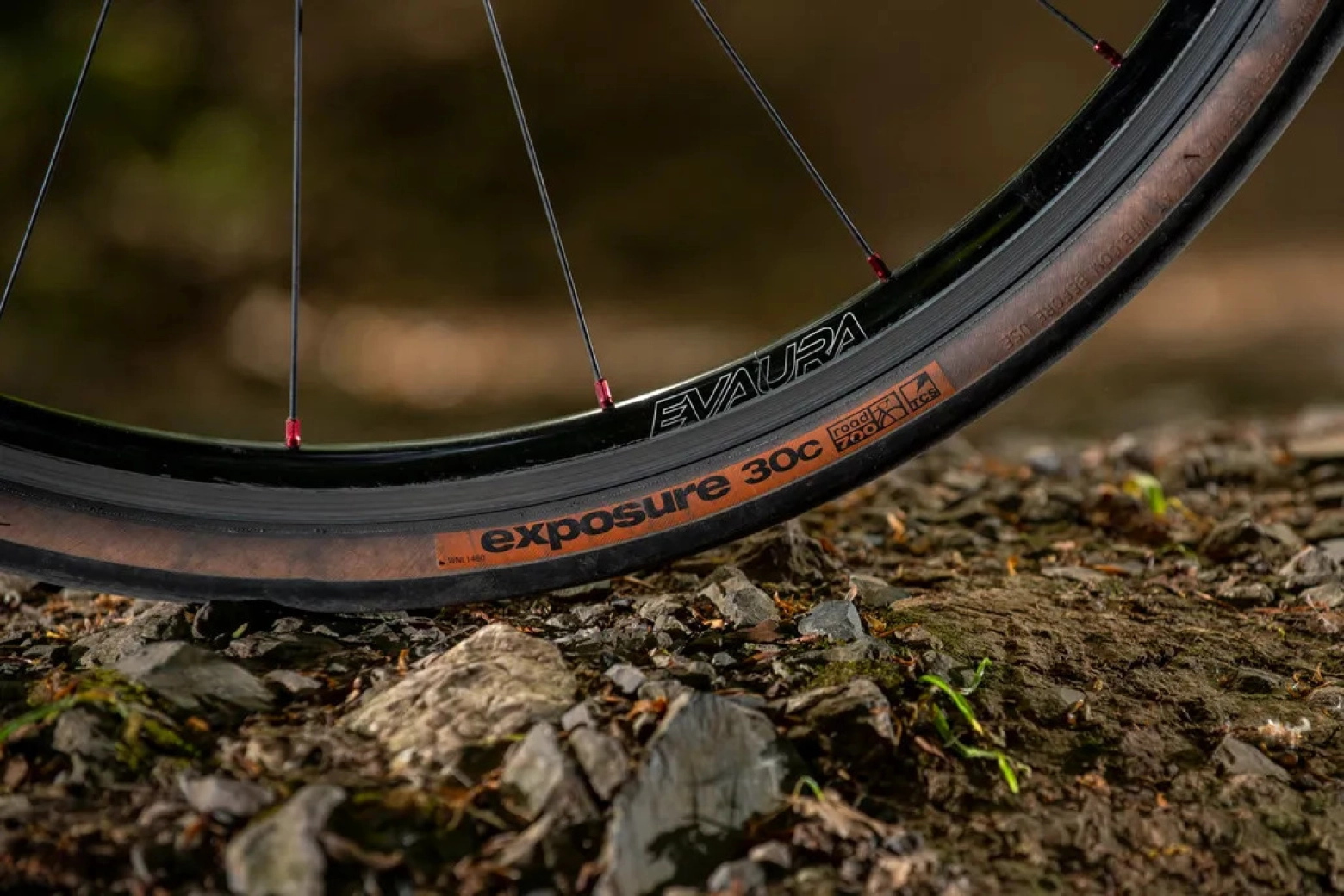
In any case, you will be able to read about all the new developments that are presented in the coming year, and we will keep you informed promptly.